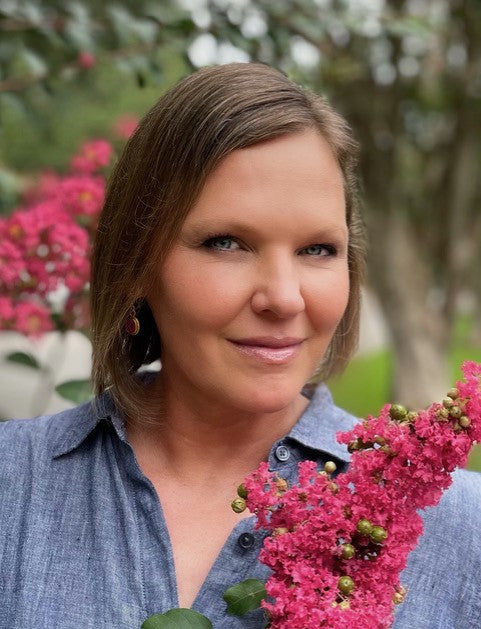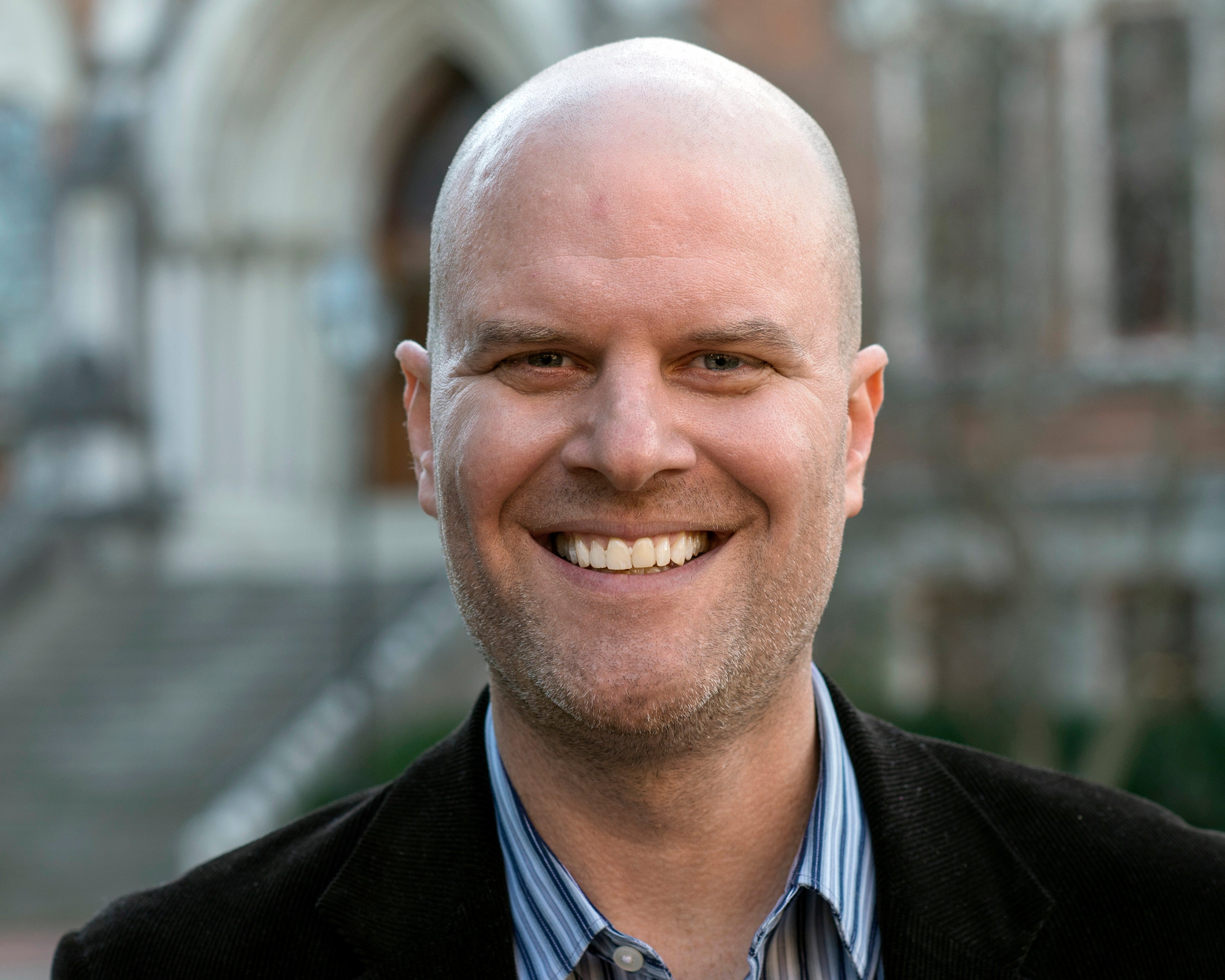Book: Creativity Inc.

Photo Credits: Pixar/Deborah Coleman
Author: Ed Catmull
Author Bio:
"Ed Catmull is co-founder of Pixar Animation Studios and former president of Pixar Animation and Disney Animation. He has been honored with five Academy Awards, including the Gordon E. Sawyer Award for lifetime achievement in the field of computer graphics. He received his Ph.D. in computer science from the University of Utah. He lives in San Francisco with his wife and children."
1. You are one of the earliest pioneers in your specific industry of computer animation. Growing up was your family supportive of you blazing this new trail? If so, what confidence did they instill in you?
I grew up in Salt Lake City in the 50s and 60s with four siblings and we had parents and a community that was very supportive. They weren’t pushing me in any direction, but the expectation was high that my three sisters, my brother, and I would all go to college. Up until around mid high school, I was planning on being an animator, but as I neared graduation, I didn’t see the path to learning to being an animator because there were no schools for it, so I switched to Physics when I entered college.
2. Your book Creativity Inc. in a lot of ways is a blueprint for building a creative company culture. Did you all know you were building a special culture then or was it something you appreciated more in retrospect?
When I was a grad student at the University of Utah I knew that the culture there was very special. It was a wonderful time in my life and it had a profound effect on me. When I was hired at New York Tech to run the Computer Graphics Lab, I wanted to replicate that culture. I knew it couldn’t be the same because we were not an academic research center, but I made up some theories about how to run a research center, which I applied.
Over the next five years we made considerable advances in the field of computer graphics, but as I left to go to Lucasfilm, I had to assess how many of my theories about management and culture worked. I think several ideas worked, while some were completely wrong. I left with the feeling that about a third of my theories were a croc. I also came to the belief that that ratio of one third wrong to two thirds right would probably be true as I started at Lucasfilm. Indeed, it has been true my whole life.
Starting Pixar and then being acquired by Disney each created opportunities for reassessment, leading me to understand that getting the culture right is the job.
3. What are some behaviors or habits that kill a creative culture?
Every person is hired because they have the skills and aspirations to make a difference; they also have their own set of insecurities, worries and foibles. They really want challenges, but they also have fear. In any environment, many people have unspoken assumptions, many of which are either wrong, or they are right but managers don’t know about the assumptions because they are unspoken.
It is difficult to dig in deep to understand what the real issues are. When we make it safe to make mistakes, by action, not by words, it frees people to be creative. I suspect that if I’m wrong so often, then it has to be OK for everyone to be as least as wrong as I am.
4. Talk a little bit about the animation of “The Hand” in those early days and what it taught you about where animation could go?
I was very aware that we were at the beginning of a long process. It seemed obvious to me that we would reach a point where the images produced by computer graphics would be used in movies. At this point, the only images that could be produced were of lines or polygons; but we were at the beginning; this was like being at an Easter egg hunt and being at the front of the line.
5. In your distinguished career, you’ve had the opportunity to work with both George Lucas and Steve Jobs. Did they have any overlapping leadership qualities? If so, what were they?
George was not a technologist, but he saw the potential of technology in filmmaking that no one else in the industry saw. Throughout his life he has been trying to improve the industry as a whole. He also let us develop a unique culture within Lucasfilm.
Of course Steve’s story is a little better known, except that most people missed the incredible change in Steve as he matured. He had the real “hero’s journey” story. It was that changed person, who learned so much from his own mistakes, who remade Apple to be a world changing organization. He also let Pixar have a unique culture and never tried to make it like Apple or NeXT.
6. What’s a fond memory you have of Steve Jobs that didn’t make the book that you still cherish today?
Standing in the hallway outside of super secret lab where they were working on the iPhone, he told John Lasseter and me what the four goals he had before he might pass away. He achieved each goal.
7. What’s a fond memory you have of George Lucas that didn’t make the book that you still cherish today?
Every month, George had the top leadership over to his house for dinner. It wasn’t really a business dinner, but a bonding experience.
8. If you could summarize Pixar’s creative storytelling in one word what would it be?
9. What does the future of animation look like?
It will be both very different and the same. The accessibility of tools and the ability to use them will change, but there will still be a range of output that ranges from pure dreck to deeply moving experiences.
10. What is your favorite Pixar film you worked on and why?
Anyone who works on a film experiences it in a different way than the typical viewer. I have no simple answer to this - just many, many experiences.
11. In your opinion, what industry today, if any, would be equivalent to all the hurdles and challenges you all had to overcome in the early years of computer animation?
We have so many clear existential threats to our environment in use of energy, land, water, and health that we need to martial and support creative activities by smart people around the world. The ARPA example from the 70’s was a model for how to approach our urgent needs.
12. When flowing creativity and corporate business structure converge, what does that intersection look like?
It is genuine respect for what others bring to our shared values, even when we disagree.
13. What’s your best advice for getting over writer’s block?
If I knew, would have more writing done. Sigh.
14. What’s the best advice you have ever received on happiness?
Happiness comes from working with colleagues who feel shared ownership for our problems.
Places To Find More From This Author:
Twitter: @edcatmull
Website: www.creativityincbook.com
Get Your Copy of Creativity, Inc. Today!







